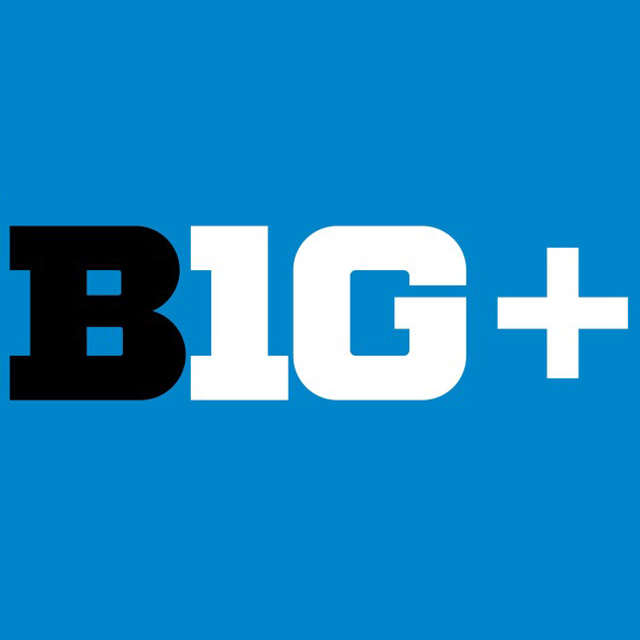Dan McGrath, January 15, 2011
In an era of no Internet, very limited television and no recruiting services to turn teenage athletes into national celebrities, how does a kid from small-town Middle America become the most famous high school basketball player in the nation? By being as talented and as well-rounded as Jerry Lucas. Before there was Bill Bradley, before there was Larry Bird, there was Jerry Lucas.
Bradley was known for his talent, work ethic and smarts during an All-America career at Princeton. Bird came in a larger package at Indiana State. Those same attributes distinguished Lucas, and they came in a solid 6-foot-8 frame that produced mythical-sounding achievements at Middletown, Ohio, High School: two state championships, two state player of the year awards and a 76-game winning streak, for starters.
College recruiters made their way to Middletown in the late ?50s to see if what they were reading and hearing could be true. Among them was Fred Taylor, who had recently taken over at Ohio State. The young coach summed up his first impression of Lucas in one all-encompassing, appropriate word: ?Whoa!?
Better yet, Lucas? classroom grades were superior to his basketball stats and he found himself with more than 150 scholarship offers. Much to the delight of his legions of instate fans, he decided to stay home and attend Ohio State, joining Mel Nowell (Columbus) and a pretty fair player named John Havlicek (Martins Ferry) in a dream recruiting class that transformed the Buckeyes into a national powerhouse.
There was nothing gradual about the process. NCAA rules then in place barred freshmen from varsity competition, but as sophomores, all Lucas and Co. did was win the 1960 national championship, beating defending champ California in the NCAA tournament title game in San Francisco. Pete Newell, the Golden Bears? coach, was so taken with Lucas? all-around game that he added him to the 1960 Olympic team that would roll up nine straight wins en route to a gold medal in Rome. The youngest U.S. player at 20 years of age, Lucas averaged 17 points for a squad widely considered to be America?s best before relaxed rules on amateurism allowed NBA Dream Teamers to play Olympic ball.
?Jerry Lucas is the greatest player I?ve ever coached,? Newell said, which is a remarkable compliment considering Lucas? Olympic teammates included Oscar Robertson and Jerry West.
But it wasn?t unfounded. Back in the States, the Buckeyes came close to replicating their 1960 success, adding another Big Ten title but losing to Cincinnati in the NCAA title game. Lucas? senior year would produce identical results, putting a slightly disappointing end to one of the most distinguished careers in college basketball history. Lucas averaged 24.3 points and 17.2 rebounds for an Ohio State team that went 78-6 and won three Big Ten titles. He was a three-time All-American, three-time Big Ten MVP, two-time National Player of the Year and two-time Final Four MVP. He graduated Phi Beta Kappa and was Sports Illustrated?s Sportsman of the Year in 1962. The magazine also named him to its all-century college hoops team chosen in 1999.
?I look back on my college years as the most memorable experience of my life,? Lucas said. No wonder.
Lucas continued to enhance his basketball resume in the pro game, averaging 17.7 points and 17.4 rebounds as a rookie with the Cincinnati Royals. A year later, he became the third player in NBA history to average more than 20 points and 20 rebounds in a season, a feat he would manage twice.
Although he was an All-Star-caliber performer over eight seasons with the Royals and the San Francisco Warriors, Lucas never played for a title contender until he was traded to the New York Knicks in 1971. He flourished in coach Red Holtzman?s system, in part because it took advantage of his passing ability, a skill that had long been overshadowed by Lucas? other attributes. The 1972-73 season might have been the most satisfying of Lucas? pro career: With ?Willis Lucas?—Willis Reed and Jerry Lucas—holding down the center position, the Knicks beat Wilt Chamberlain?s Lakers in five games for the NBA title, giving Lucas a ring to go with his high school state championship, college national championship and Olympic gold medal.
As a pro Lucas averaged 17 points and 15.6 rebounds per game in 11 seasons. He played in seven NBA All-Star games and was included among the 50 greatest players chosen to celebrate the league?s 50-year anniversary in 1996. He was elected to the Basketball Hall of Fame in 1980.
After retiring as a player, Lucas put his formidable intellectual powers to work as an educator, writing and lecturing on the power of memory. ?The Memory Book? is a best-seller that explains how the memory can be developed and strengthened to achieve learning that lasts.
It?s a fitting second career for a man who provided so many indelible basketball memories.







 WATCH LIVE: Select Spring Football, lacrosse quarterfinals, tennis championships and more.
WATCH LIVE: Select Spring Football, lacrosse quarterfinals, tennis championships and more.